The BMW i3 was launched back in 2013 offering both electrical power and an extended range petrol engine. The BMW i3 was an immediate hit, with great range and a dainty design. However, there have also been reports of BMW i3 charging issues over the years.
This article will go over the most commonly reported BMW charging issues. Plus, we will delve into the correct methods for charging your BMW i3 vehicle. Correct charging procedures go a long way to stopping common charging issues.
The BMW i3 has to perform a multitude of checks before it accepts a charge. Therefore, we will look more closely into the different charging methods and regular checks.
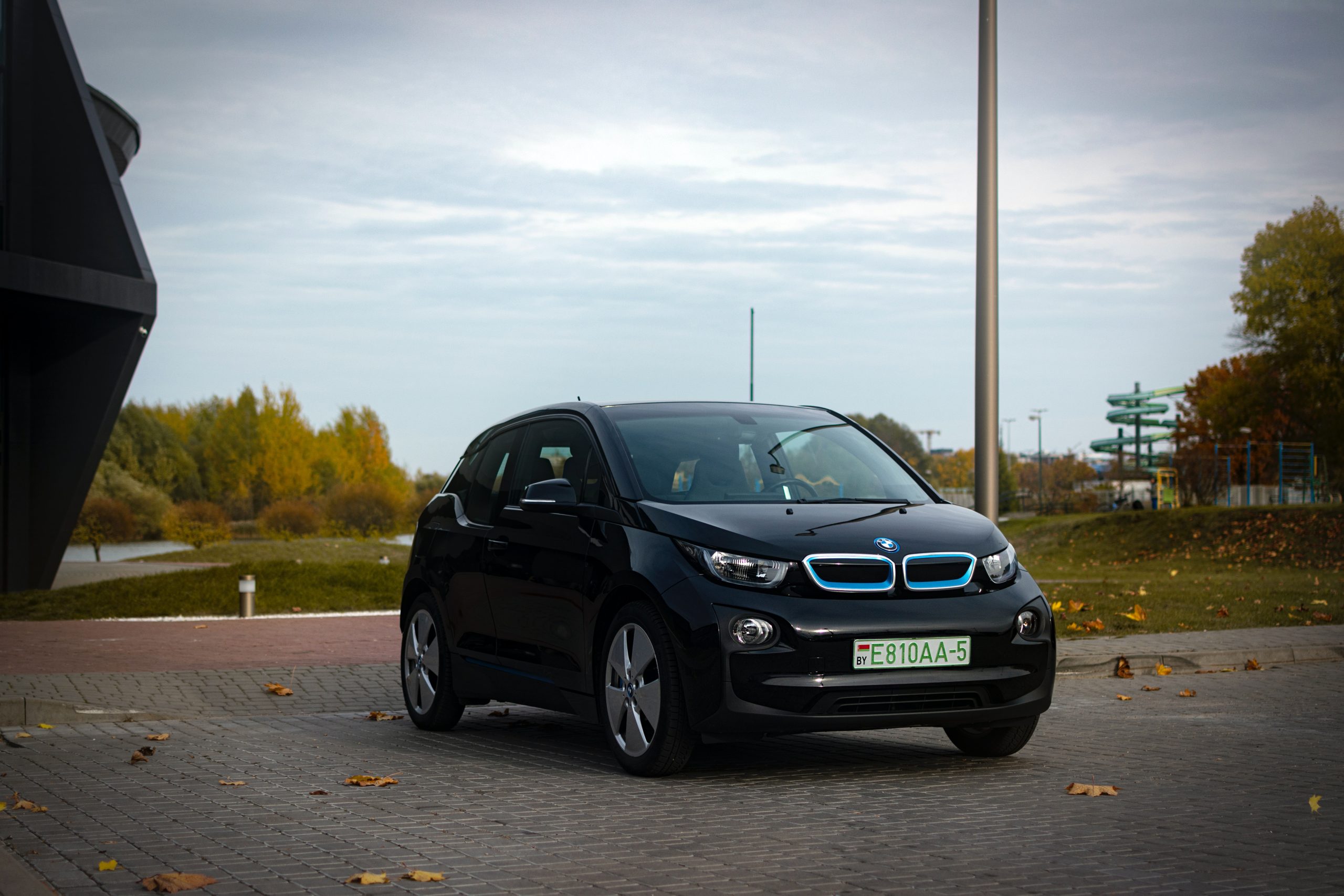
Is The BMW i3 a Reliable Car?
The BMW i3 is a reliable car when properly maintained. Most of the parts on the car are covered by a three-year warranty with unlimited mileage. The batteries are also covered for up to 100,000 miles.
An electric engine has fewer moving parts than a petrol engine counterpart. This provides more long-term reliability but is countered by the car having lots of complicated electrics.
The BMW came 21st out of 31 vehicles in a What Car reliability survey. The i3 also received 4/5 stars for safety and security in the 2013 Euro NCAP crash tests.
How Long Will a BMW i3 Battery Last?
In general, the battery of a BMW i3 is designed to last for many years and can provide between 80,000 to 150,000 miles of electric-only driving, or more. However, it is important to note that the battery’s performance may gradually degrade over time, which may result in a decrease in range and overall performance.
BMW provides an 8-year/100,000-mile warranty for the battery on the i3, which covers any damage to the battery and its components, as well as any reduction in capacity below a certain level. This warranty can give peace of mind to owners and help ensure that the battery will last for many years of use.
Overall, the lifespan of a BMW i3 battery can vary greatly based on individual usage patterns and conditions, but with proper care and maintenance, it should last for many years and provide reliable performance.
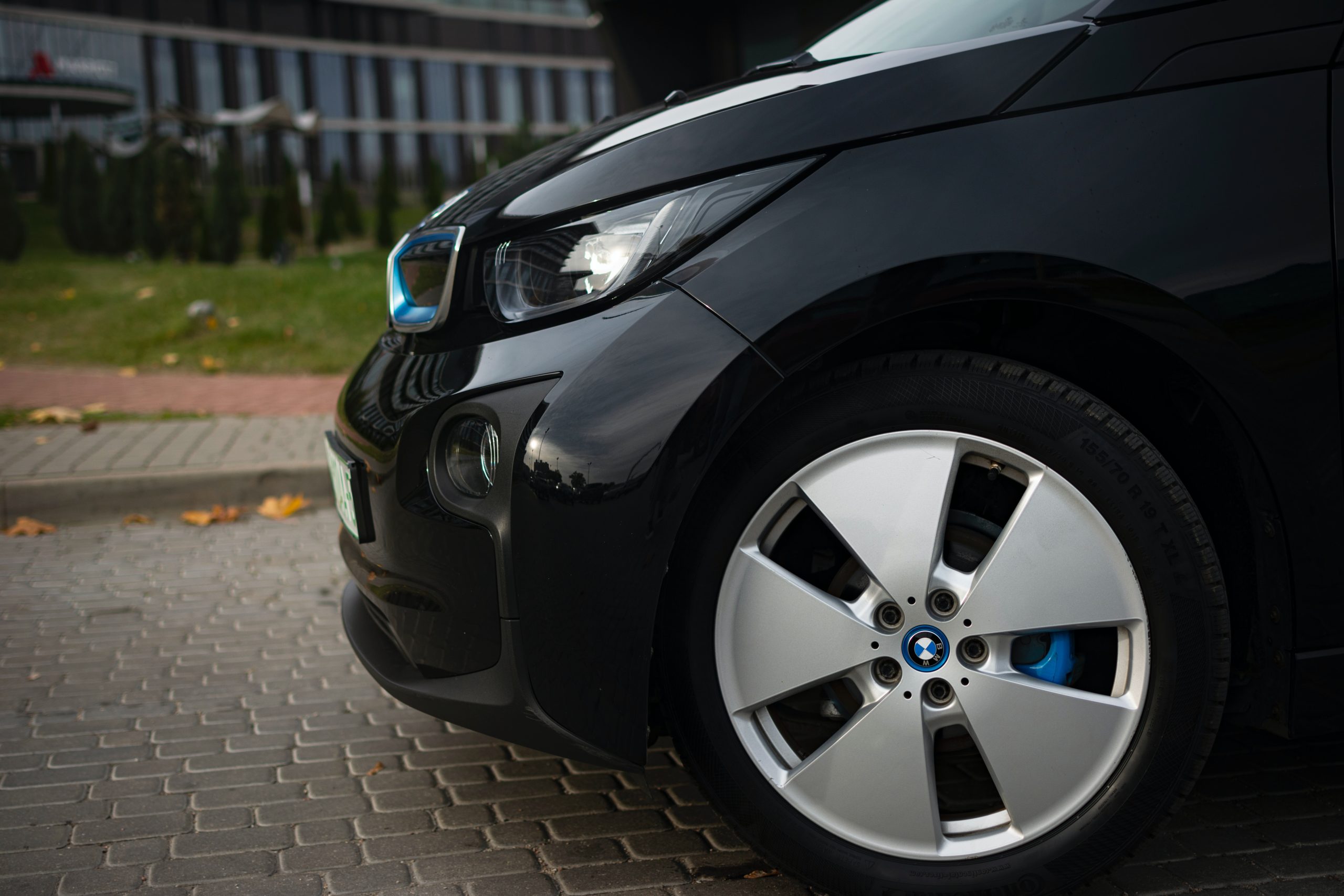
Common BMW i3 Charging Issues
Check Engine Warning Light(CEL)
One of the most common issues when charging a BMW i3 is with the Check Engine Warning Light(CEL). The ‘CEL’ indicates a problem with the engine. But the light can be intermittent, causing frustration with users.
With an intermittent warning light, it can be hard to tell if there is a real problem. Either the light itself is faulty or the engine has a problem. In either case, it’s best to lean on the side of caution and have your car checked out by a dealer. This error is usually down to a software issue.
Low-Cost Charging
Some users have also experienced the ‘low-cost charging’ function not working. The functionality doesn’t work with the default 120 V charger. Most users get around this by only charging their vehicles at super off-peak times between 12 am-6 am. Also, low-cost charging will only work when the departure time is set within a 24-hour timeframe.
Running The BMW i3 to 0%
Think of the BMW i3’s power source like any other battery. If it is run to 0% constantly, then its overall life will be reduced and it will take longer to charge. No matter if you’re using a home charger or public charge port, very low temperatures can also have a negative effect.
Running the car’s battery to 0% can potentially stop all the car’s basic functionality. With almost no electrical power in the car, some users have experienced the emergency 12 V recovery system not working. If your BMW i3 has ground to a halt, do not try jump-starting the car as it may damage the electronics.
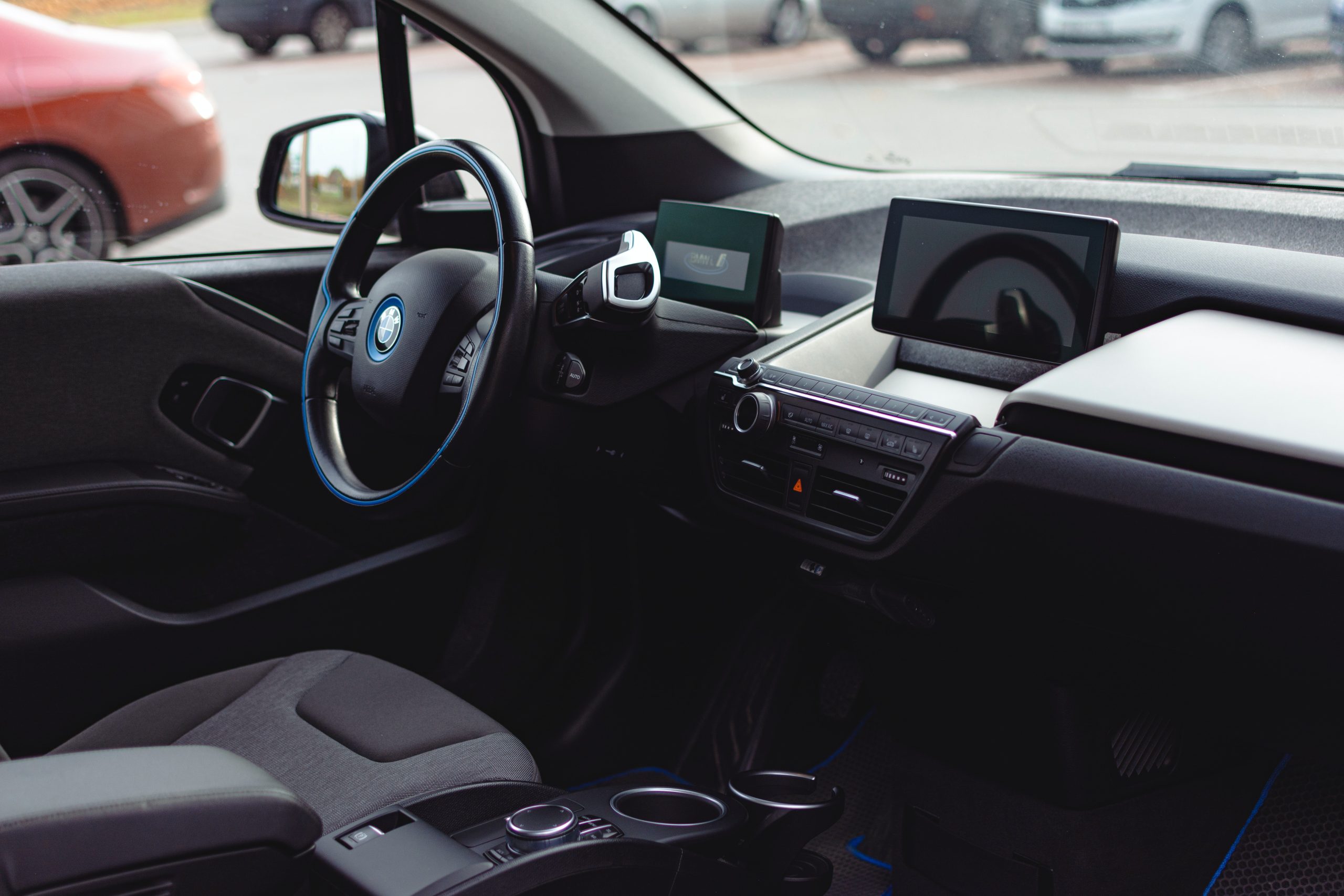
Slow Charging
Slow charging problems with the BMW i3 can be caused by several factors. Some of the most common reasons include:
-
Weak Charging Cable: A damaged or weak charging cable can reduce the charging speed of the BMW i3. If the cable is frayed or damaged, it should be replaced to ensure optimal charging.
-
Charging Station Issues: If the charging station is not functioning properly, it can reduce the charging speed or cause the charging process to stop altogether. This can be caused by a power outage, a problem with the charging station itself, or a problem with the charging port on the BMW i3.
-
Weather Conditions: Extreme weather conditions such as high temperatures or low temperatures can affect the charging speed of the BMW i3. In hot weather, the battery may charge more slowly, while in cold weather, the battery may discharge more quickly.
-
Age of the Battery: Over time, the battery’s capacity may degrade, causing the charging speed to slow down. A battery that is several years old may take longer to charge than a new battery.
How Do You Charge a BMW i3?
No matter the version of the BMW i3, proper charging methods are needed. You have to simply ‘learn’ how to charge the car correctly. Correct charging methods apply to both a public charger and home charging.
Every BMW i3 is supplied with two charging cables. The 32 amp blue cable is used for public fast charging. The black 10 amp cable is for home charging.
Read through the integrated Owner’s Handbook before charging your car. The handbook can be accessed in the centre console by the following method.
- Next to the i-drive controller, press the menu button.
- Choose ‘Vehicle Information,’ then ‘owners handbook.’
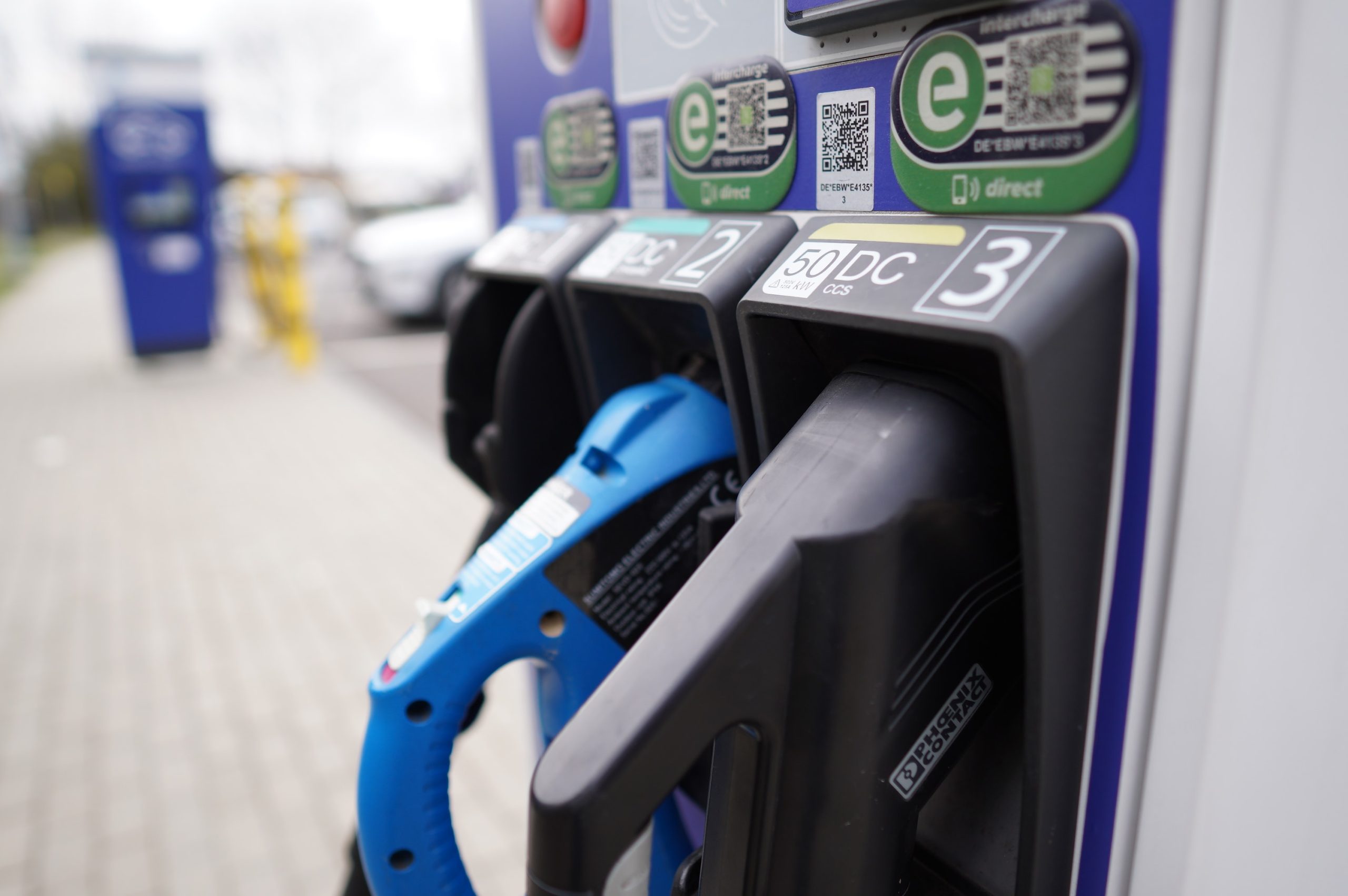
Public Charging
Public fast charging with the blue cable can take 4 – 5 hours. When using the black charging cable charging times can be 10 – 12 hours.
Always read the instructions on each charge point. Public charging points can vary in operation, so always check the operating procedure. The following initial checks will need to be followed.
- Have the charge cables available at hand.
- Open the charge flap on the driver’s side, remove the charge cover, then attach the blue cable.
- The central display in the car should read the charge level and expected charge time.
The display should also show ‘Charge Immediately.’ A departure time can also be set if you want to start the charge in the near future.
The indicator light inside the car’s charge flap will also change colour at different stages. The different colours are listed below.
- White – the car is ready to accept the charging cable.
- Yellow – the car is starting the charging process.
- Blue – charging is in progress.
- Red – an error has occurred.
- Green – charging has finished.
-
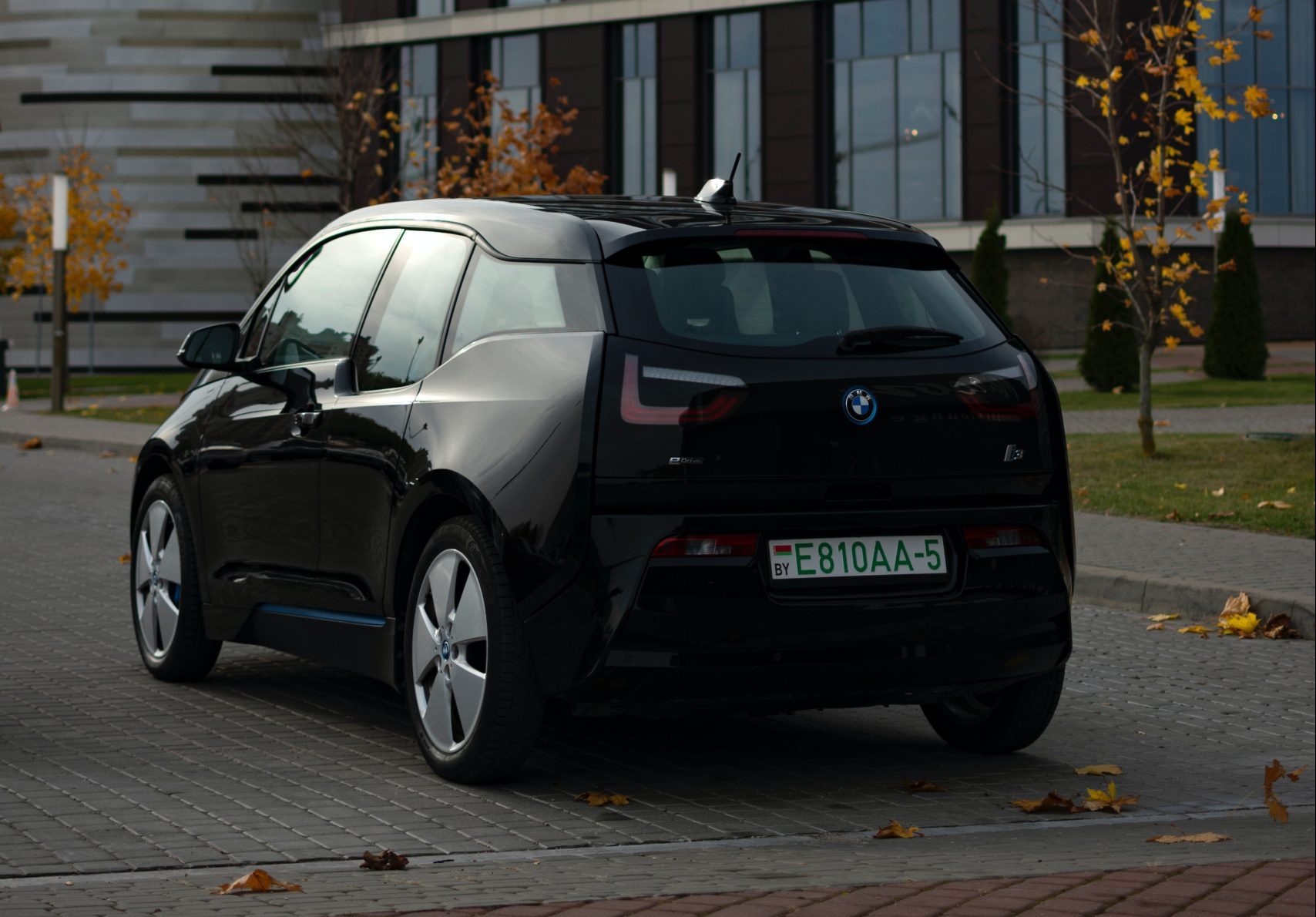
Image Credit: Pexels
Home Charging
Charging a BMW i3 at home follows the same procedure as public charging. However, additional checks are needed for home charging.
The charging process works its best in a dry and warm environment. The charger should be plugged directly into a wall socket, without an extension lead. To stop overloading, the charging rate can be lowered.
BMW i3 FAQ’s
What is the range of the BMW i3?
The range for the electric-only BMW i3 is approximately 177 to 190 miles.
How long does it take to charge a BMW i3 battery?
The time it takes to charge a BMW i3 battery can vary depending on the charging method and the state of the battery. With a Level 2 (240-volt) charging station, the BMW i3 can be charged in about 3 to 4 hours. With a Level 1 (120-volt) charging station, the charging time may be closer to 8 to 10 hours.
What is the warranty on the BMW i3 battery?
The BMW i3 battery is covered by an 8-year/100,000-mile warranty. This warranty covers any damage to the battery or its components, as well as any reduction in capacity below a certain level.
Can the BMW i3 be charged at a regular electric outlet?
Yes, the BMW i3 can be charged at a regular electric outlet using a Level 1 (120-volt) charging station. However, the charging time will be longer than if the vehicle was charged using a Level 2 (240-volt) charging station.
Is the BMW i3 all-wheel drive?
No, the BMW i3 is a rear-wheel drive vehicle.
How does the BMW i3 perform in cold weather?
The BMW i3 may have reduced performance in cold weather, as the battery’s capacity can be impacted by low temperatures. However, the BMW i3 is equipped with several features to help manage battery performance in cold weather, including an active thermal management system and a cabin pre-conditioning system.
Does the BMW i3 have a fast-charging option?
Yes, the BMW i3 can be charged using a fast-charging station, which can recharge the battery in a shorter amount of time. Fast charging is typically done using a Level 3 (DC Fast Charging) station.
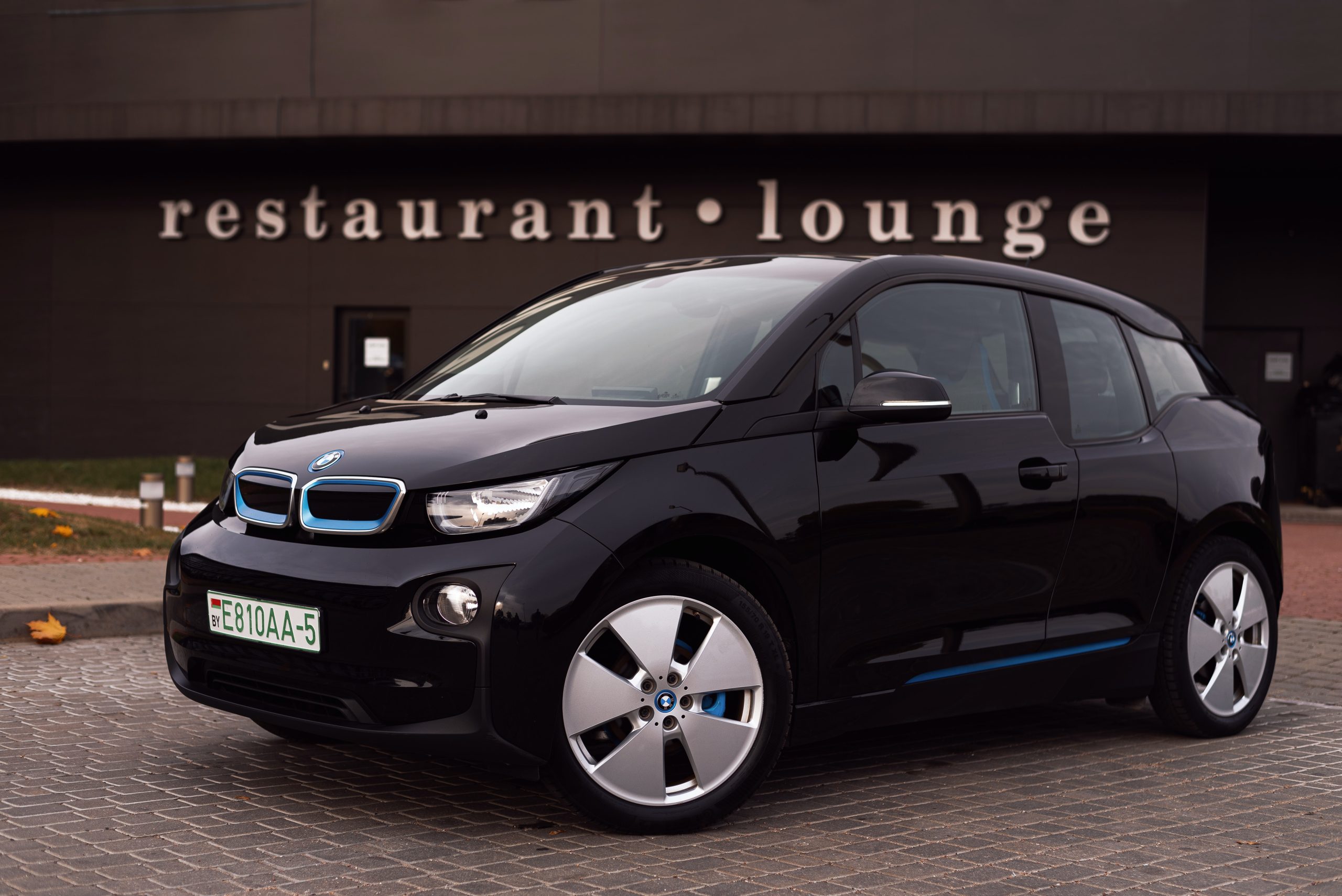
Conclusion
Charging a BMW i3 should be a seamless process. The process will need initial homework. But this time is well spent to ensure smooth running and long life.
However, BMW i3 charging issues can arise. Although the process is mostly automated, problems can occur which can be out of your control. If your BMW i3 fails to charge or displays warning messages, a trip to the dealer can sort out any software or charging issues.
As with any high-voltage equipment, all charging issues should be addressed by professionals.
We hope that this article has been informative and provides a better understanding of charging issues and procedures. Please comment below with your own findings and share the article on social media to help out others in the same situation.



